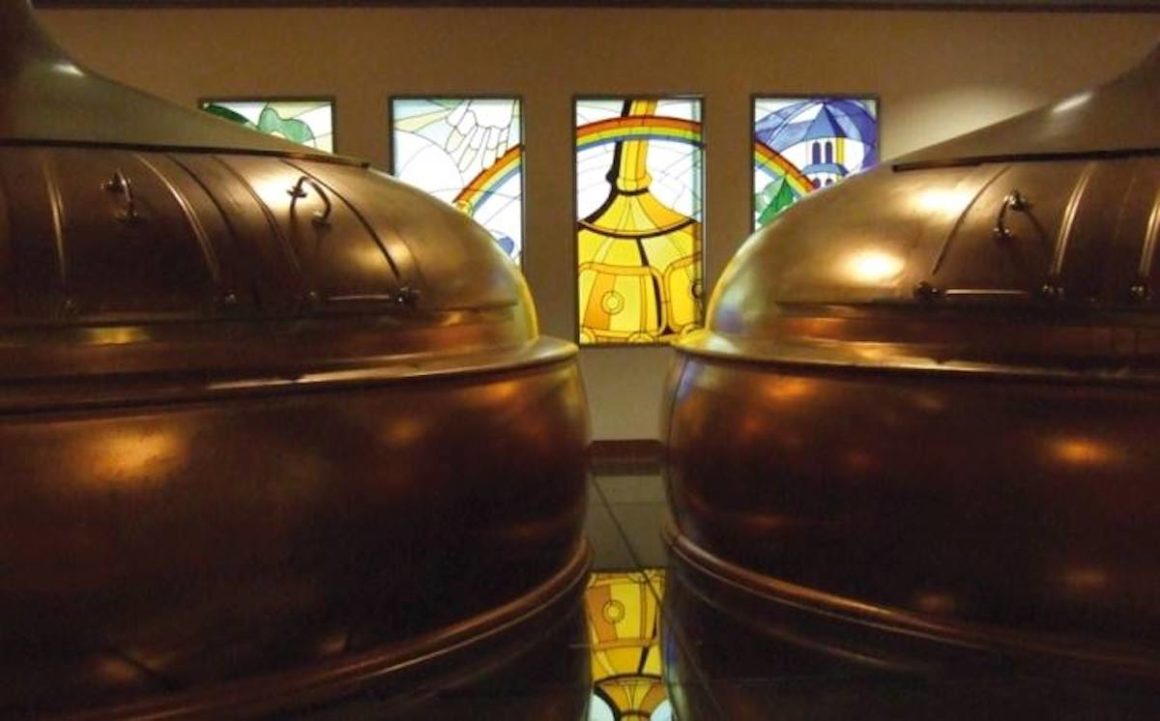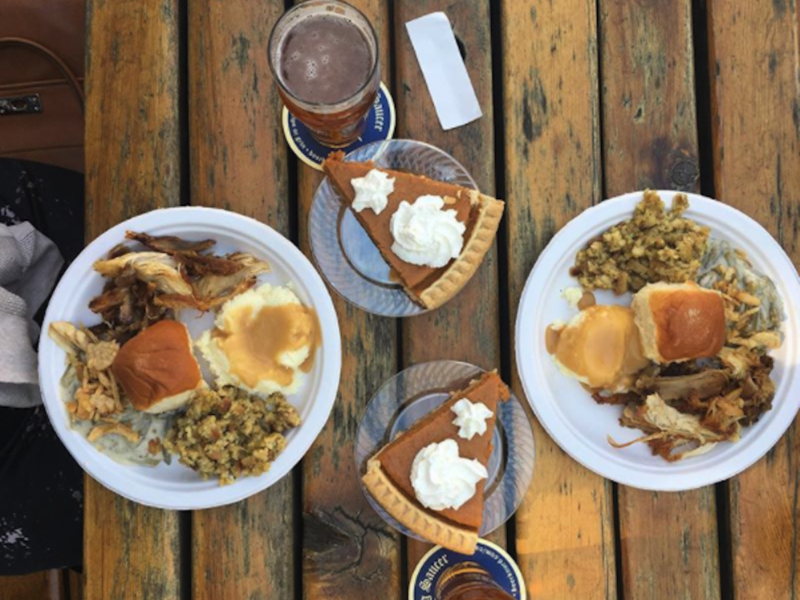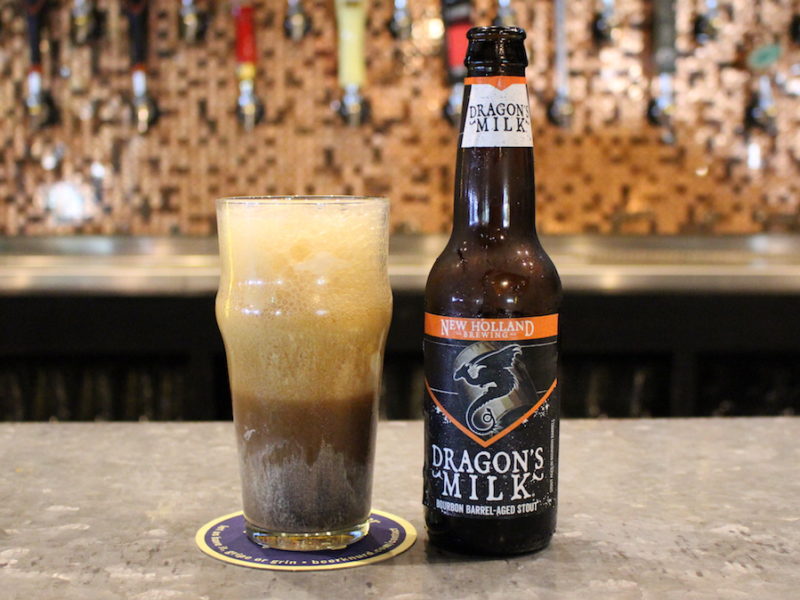Trappist beers all began in the year 530. According to Stan Hieronymus’ Brew Like a Monk, this was the year that the rule of Saint Benedict was written, mapping out the expectations of monastic life with an emphasis on poverty, simplicity and—to the delight of future beer drinkers everywhere—manual work.
The Trappist order originated in the Cistercian monastery of La Trappe, France in the seventeenth century. In response to the growing number of “too liberal” congregations at the time, The Abbot of La Trappe instituted a stricter, more pure observance of Saint Benedict’s aforementioned rule, thus the Trappists’ official name: Order of the Cistercians of the Strict Observance.
According to the International Trappist Association (ITA), a fundamental tenet of this new order was that monasteries should be self-supporting. This meant producing food (cheese, bread, chocolate, jam, honey, etc.), liquors, wine, cleaning products and beer. In following the motto “Ora et labora” (prayer and work), all of these products were—and still are—sold to fund day-to-day monastery operations and help others in need.
What are the rules for Trappist Beers?
To the average beer drinker, styles like dubbel, tripel and quad may be mentally categorized into one Trappist/Abbey/Monastic Awesomeness category. But Trappist beers, insists the ITA, are not the same as Abbey beer, which is why it introduced the official Trappist designation in 1997. To carry this distinction, the following criteria must be met:
- The beer must be brewed inside the walls of a Trappist monastery, either by the monks or under their watchful eye.
- The brewery must be of secondary importance to the monastery and should follow business practices that reflect monastic principles.
- The brewery must not be a profit-making venture. Any income that remains after paying for the monks’ living expenses and monastery maintenance must be donated to charity.
The criteria for becoming a “Certified Belgian Abbey Beer,” introduced by the Union of Belgian Brewers in 1999, are less strict. Beer in this category may be produced by a non-Trappist monastery (Benedictine, for example), may be sold for profit, may be branded with the name of a fictitious abbey or simply given vaguely monastic branding.
Who’s in the club?
According to the ITA, only twelve breweries may carry the name “Trappist”: Achel, Chimay, Orval, Rochefort, Westvleteren and Westmalle from Belgium; Mont des Cats from France; Stift Engelszell from Austria; Maria Toevlucht Abbey (Zundert) and Koenigshoven (La Trappe) from the Netherlands; St. Joseph’s Abbey (Spencer) from the United States; and new-kid-on-the-block Tre Fontane from Italy.
Of these twelve, only eleven are permitted to carry the “Authentic Trappist Product” logo on their label. Mont des Cats does not carry the label because it is brewed at the Chimay monastery, rather than within its own walls.
How can I get some?
In some cases, you’ll need a plane ticket. Because the nature of Trappist production is to support the monasteries themselves and contribute to charity, some monks prefer to sell directly to customers from the monasteries. Many, however, can be found at your local liquor store.
So what should you look for? According to Father Isaac, Director of Brewing at Spencer, the Trappist label simply designates the place where a particular ale was brewed, rather than encompassing a specific style. Other than a general harmony of ingredients, with no particular element (or alcohol) dominating, the only true common denominator is that they are all top-fermented. “Because of the monks’ traditional passion for excellence in brewing,” he adds, “‘Trappist’ has come to be associated with the highest standard of quality in world beer culture.”
If you can find it, Trappistes Rochefort 10 would be a historic choice, as it’s brewed by the oldest of the monasteries. La Trappe is widely available and, in addition to classics like blond and dubbel, produces the only Trappist bock. Easiest to find are the patriotically named Rouge, Blanche and Bleue from Chimay. For those who want to see how the Yankee monks compare, Spencer produces an IPA. But for the most popular and rabidly sought, Westvleteren 12 or “yellow cap,” you should start planning your next beercation.
So tell us
Would you travel around the world to try these legendary Trappist beers? If you have, which are your favorites?








